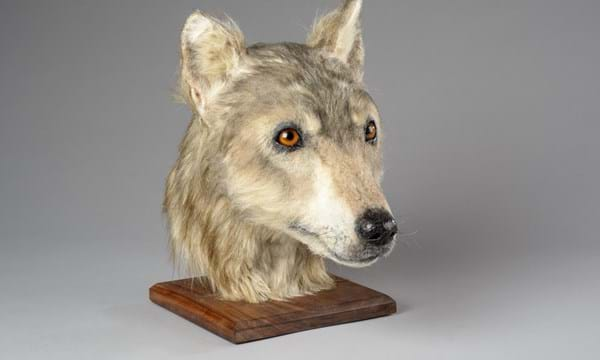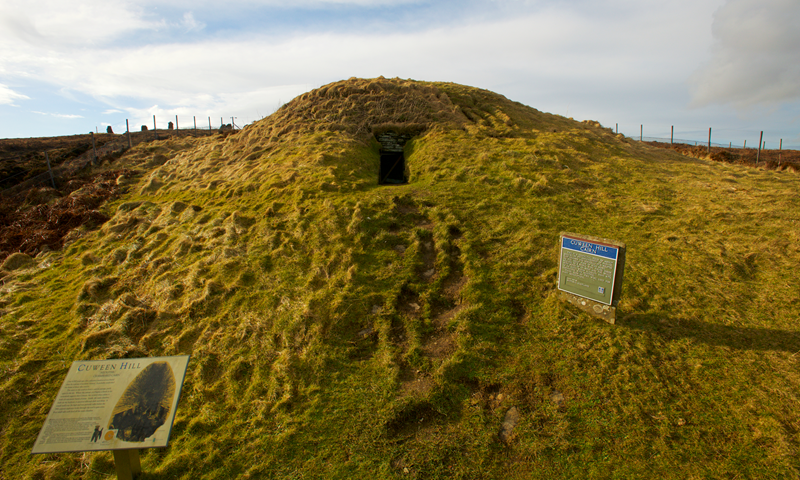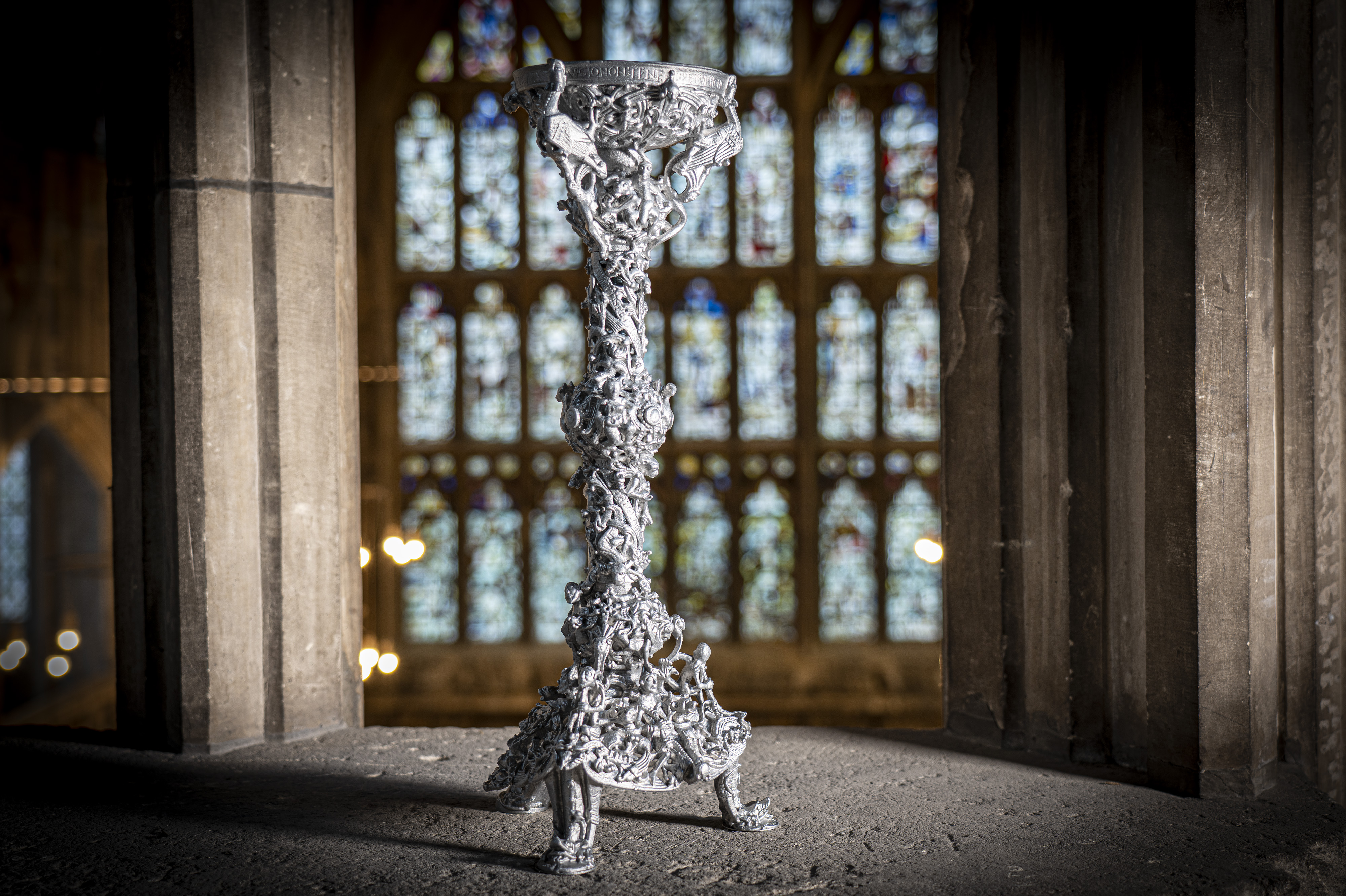Historic Environment Scotland (HES) has revealed what dogs from the stone age may have looked like after commissioning a reconstruction of a Neolithic canine skull with the help of 3D printing.
Now housed in a collection of National Museums Scotland, the 4,500-year-old skull was first discovered in Cuween Hill chambered cairn on Orkney, in the Northern Isles of Scotland.
After being CT-scanned by staff at Edinburgh University’s Royal (Dick) School of Veterinary Studies, HES’ Digital Documentation team was able to create a 3D print of the skull which was then passed over to forensic artist Amy Thornton to create a realistic model.
“Just as they’re treasured pets today, dogs clearly had an important place in Neolithic Orkney, as they were kept and trained as pets and guards and perhaps used by farmers to help tend sheep,” said Steve Farrar, interpretation manager at HES.
“While reconstructions have previously been made of people from the Neolithic era, we do not know of any previous attempt to forensically reconstruct an animal from this time.”

Reconstructing man’s best friend
A total of 24 skulls were unearthed when the Cuween Hill site was originally excavated in 1901, with Radiocarbon dating of the dog bones revealing the animals were placed in the chamber some 500 years after the passage tomb was built, which HES says is a suggestion they were “ritually buried.”
The 3D print of the canine skull was used as a base for the reconstruction, which was created in clay using traditional methods, cast in silicone, and finished with a fur coat.
“We are delighted to have collaborated with HES on this very important initiative, which enables people to encounter a Neolithic dog ‘in the flesh’,” said Dr. Alison Sheridan, principal archaeological research curator in the Department of Scottish History and Archaeology at National Museums Scotland. “The size of a large collie, and with features reminiscent of that of a European grey wolf, the Cuween dog has much to tell us, not only about ceremonial practices and the symbolic significance of the dog in Late Neolithic Orkney but also about the appearance of domestic dogs in the third millennium BC.”
This project is part of a wider initiative to use technology such as 3D printing to bring discoveries from Orkney’s Neolithic tombs ‘to life’.

3D printing archaeological reconstructions
3D printing, 3D scanning, and CAD are tools that are being increasingly utilized in reconstructions of historical sites and artifacts displayed in museums, exhibitions, and online collections. The idea that 3D printing could grant access to replicas of ancient relics to those who otherwise wouldn’t have it, and facilitate the sharing of digital morphological models with researchers anywhere in the world, in essence, makes history itself open source.
In the past, initiatives such as the Open Heritage project have used 3D laser scanning to produce 3D models of historical sites, allowing them to be explored on the Google Arts & Culture platform. In 2017, 3D printed reproductions of three ancient Buddhist statues were displayed to the public in the Chinese city of Qingdao. The three replicas are part of the Yungang Grottoes, a UNESCO world heritage west of Beijing with a history stretching as far back as 465 AD.
Meanwhile, conceptual Artist Alice Martin’s work in 2019 explored the future of 3D printing in museums, highlighting objects within a collection that would otherwise be overlooked, or archived, through open access data. Martin used 3D printing, scanning, and CAD as part of her work, which looked at the material culture of museums and how they share information.
More recently, global engineering company Renishaw partnered with Gloucester Cathedral and London’s Victoria and Albert (V&A) Museum to produce a replica of a 12th Century Gloucester Candlestick using 3D printing. The candlestick is a rare product of early-twelfth century English metalworkers, which Renishshaw was able to 3D print with aluminum powder using its multi-laser RenAM 500Q PBF system.

Nominations for the 2020 3D Printing Industry Awards are still open, let us know who is leading the industry now.
The fourth edition of the 3D Printing Industry Awards Trophy Design Competition is now underway. Enter your design for the chance to win a CraftBot Flow 3D printer.
To stay up to date with the latest 3D printing news, don’t forget to subscribe to the 3D Printing Industry newsletter or follow us on Twitter or liking our page on Facebook.
Are you looking for a job in the additive manufacturing industry? Visit 3D Printing Jobs for a selection of roles in the industry.
Featured image shows the reconstructed Neolithic canine skull. Image via Historic Environment Scotland.



